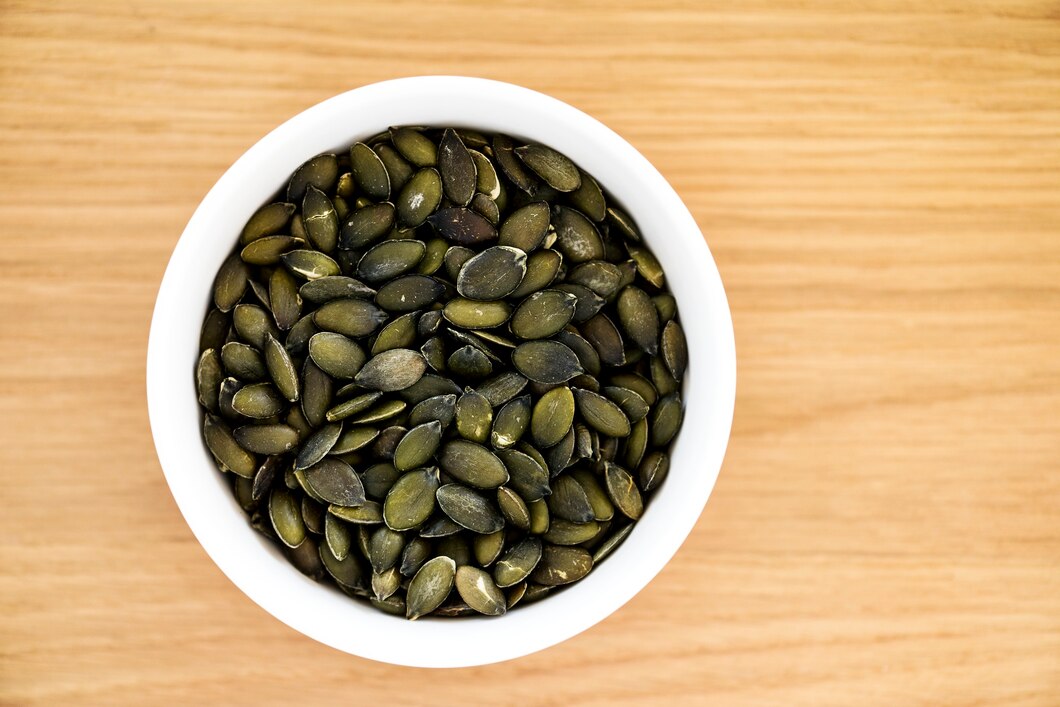For those with peanut allergies, finding safe and tasty snack alternatives can be challenging. Peanuts are a common ingredient in many snacks, but there are plenty of delicious and nutritious substitutes that can be used to create allergy-free snacks. Here are five excellent peanut substitutes to consider.
1. Sunflower Seeds
Why Use Them:
Sunflower seeds are a fantastic peanut substitute due to their similar crunchy texture and rich, nutty flavor. They are also packed with nutrients, including vitamin E, magnesium, and healthy fats.
How to Use Them:
- Snack Mixes: Replace peanuts with sunflower seeds in your favorite trail mix.
- Butter: Sunflower seed butter is a smooth, creamy alternative to peanut butter. It can be spread on toast, used in sandwiches, or incorporated into baking recipes.
- Baking: Use sunflower seeds in cookies, granola bars, and energy bites.
Tips: Sunflower seeds can be found in most grocery stores, either hulled or unhulled. Ensure they are free from cross-contamination if you’re preparing snacks for someone with a severe peanut allergy.
2. Pumpkin Seeds
Why Use Them:
Pumpkin seeds, also known as pepitas, offer a delicious, crunchy texture and a mildly sweet flavor. They are rich in protein, fiber, iron, and zinc.
How to Use Them:
- Granola: Add pumpkin seeds to homemade granola or cereal mixes.
- Salads: Sprinkle them on salads for extra crunch and nutrition.
- Bars: Use pumpkin seeds in homemade energy or protein bars.
Tips: Lightly toast pumpkin seeds to enhance their flavor before adding them to your recipes.
3. Soy Nuts
Why Use Them:
Soy nuts are roasted soybeans that provide a similar crunch to peanuts. They are an excellent source of protein, fiber, and essential vitamins and minerals.
How to Use Them:
- Snacking: Enjoy soy nuts on their own as a crunchy snack.
- Mixes: Include them in trail mixes, snack bars, and salads.
- Baking: Use soy nut butter as a substitute for peanut butter in baking recipes.
Tips: Look for dry-roasted soy nuts to avoid added oils and ensure they are free from other allergens.
4. Chickpeas
Why Use Them:
Chickpeas, or garbanzo beans, offer a unique, nutty flavor and can be roasted to achieve a crunchy texture. They are high in protein, fiber, and various vitamins and minerals.
How to Use Them:
- Roasted Chickpeas: Roast chickpeas with your favorite spices for a crunchy, savory snack.
- Hummus: Use chickpeas to make hummus, a creamy, nut-free spread that can replace peanut butter in many recipes.
- Salads: Add roasted chickpeas to salads for extra texture and protein.
Tips: For roasted chickpeas, drain and rinse canned chickpeas, toss them with olive oil and spices, and bake until crispy.
5. Tree Nuts (for those without tree nut allergies)
Why Use Them:
If the individual with a peanut allergy does not have a tree nut allergy, nuts like almonds, cashews, and walnuts can be excellent substitutes. They provide similar textures and flavors and are rich in healthy fats, protein, and nutrients.
How to Use Them:
- Nut Butter: Almond butter or cashew butter can replace peanut butter in sandwiches and baking.
- Baking: Use chopped tree nuts in cookies, brownies, and other baked goods.
- Snacking: Enjoy roasted tree nuts as a snack or in trail mixes.
Tips: Always ensure that the nuts are processed in a peanut-free facility to avoid cross-contamination.
Finding peanut substitutes for allergy-free snacks is easier than ever with these nutritious and delicious options. Sunflower seeds, pumpkin seeds, soy nuts, chickpeas, and tree nuts (if not allergic) are versatile ingredients that can replace peanuts in many recipes. By incorporating these alternatives into your snacks, you can enjoy a variety of flavors and textures without compromising on safety or taste. Always check labels for potential cross-contamination and consult with a healthcare provider if you have multiple food allergies.








